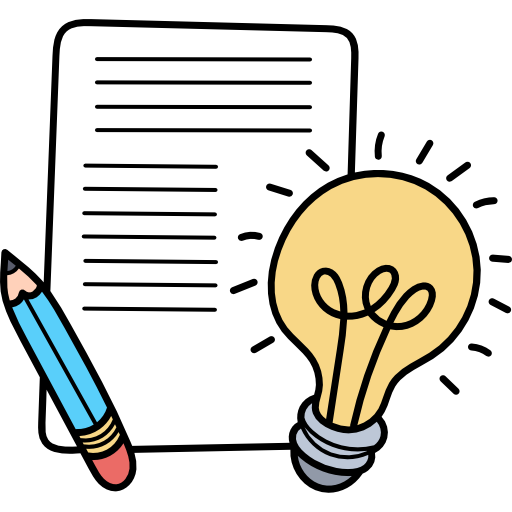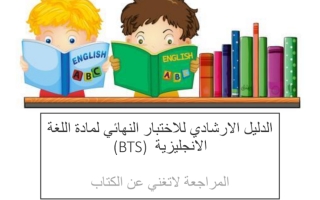مراجعة الدليل الإرشادي للاختبار النهائي اللغة الإنجليزية الصف الثالث الفصل الثاني
Numbers and number operations: ten, twenty, thirty, forty, fifty, sixty, seventy, eighty, ninety, hundred, first
The body : finer, hand, arm, head, chest, knee, toe
Measurement: centimetres (cm), metres (m), measure, long, longer, short, shorter, happy, happier,. tall, taller, tallest, short, shorter, shortest, big
Time: months, days, hours, minutes, seconds
Phonics: one, won, two, too, eight, ate, for, four, came, must, new, said, very, was, blow, shiver, lift, chase, help, busy, run, scare, scary, strong, quick, bite, greedy, help, can, please, thank you, of course, sure, I'm sorry, I cant, nice, mangoes, famous, name, place,
Animals: giraffe, monkey, snake, alligator, leopard,. chimpanzee, elephant, water ox, antelope, ant, cricket, spider, web, wings, legs, antennae, front legs, back legs, butterfly, cocoon, caterpillar, hatch, life cycle, bee, silkworm , honey, silk, beetle, worm, mouse, cat, dog, bug, catch, flies
Phonics
The natural world : sky, blue, earth, green, fresh air, part, roots, wood, branches, leaves, fruits, water, plant, dig, fill, hole, soil, put, Kenya, village, land, river, idea,
Environment : sign, rules, grass, bin, litter, bin, cycling, fishin , roots, round, cutdown, r cler, facto
Phonics (long o sound). (ow sound): long o sound phonics words ow sound honics words
dog sheep
fish elephan
cat snake
caterpillar antennae
that in the bin
Sit down
Grammatical structure Clauses and
Usage Phrases: Imperatives Words that give a command
Other examples Put that butterfly down stand over there
Don't throw your litter on the grass
I have animals
There are many people here
There are Lot of butterflies
Grammatical structure Determiners: Quantifiers
Usage Words that show the amount of something
Other examples I can see many dogs
There are leaves
She has some books
We were at home last night
I went to school yesterday
I a camel in the desert
Grammatical structure
Past time (past simple (including the verb 'to be')
Usage We use it to talk about actions that happened in the past
Other examples We with our cousins
She wasn't at school yesterday
They didnt home work
Where is the book ? The book is under the chair is your name ? My name is Aisha
Who is your teacher ? My teacher is Mr. Jones
Grammatical structure
Usage wh - questions
They are used to ask questions
What — for things
Where — for places
Who — for people
Why — for reasons
When — for time
Other examples When is English class today ? English class is at 10 0'clock Why do you like reading books ? I like reading books because I can learn many things Where are you going ? I am going to the supermarkt
Part B 1
Read the text. Choose the correct answer
Ant
An ant is an insect. It has six legs and two antennae. Ants use their antennae to feel, smell and taste. These ant are using their antennae to communicate (talk). They live in big groups. Ants eat leaves, seeds, bugs and other things
How many antennae do ants have
A. One
B. Two
C. Three
How do ants live
A. Small groups
B. Individual
C. Big groups
How do ants commun
A. By their antennae
B. By their legs
C. By their mouth
What do ants
Part B I
Read the text. Choose the correct answer
Measuring
Long ago in Egypt, people measured with their fingers, hands and arms Long ago in Rome, people measured in footsteps Today we use the metric system to measure. We use centimetres and metres There are 100 centimetres in a metre
How did people measure in Egypt
A. Hands and arms
B. Footsteps
C. Metric system
How did people measure in Romap
A. Hands and arms
B. Footsteps
C. Metric system
How do people measure today
A. Hands and arms
B. Footsteps
C. Metric system
………. How many centimetre in a
part 82 Maze
Read the text. Choose the correct word to complete the sentences
Ant
An ant is - are ) an insect. It 2.( has - have ) six legs and 3.( four - two ) antennae. Ants 4.( use - uses ) their antennae to feel, 5.( small , smell) and taste. Ants live in 6.( big - small ) groups under the ground. Ants eat leaves, seeds, and 7.( bags - bugs). They carry 8.( there - their ) food home
Spider
A spider is 1.( an insect - not an insect ). It has 2.( six - eight ) legs. Spiders 3.( have - don't have ) an antennae. 4.( All - Some) spiders live under the ground. A spider makes a web from 5.( wool - silk ) in its body. The silk is very 6.( light - heavy ) and very strong. Spiders eat insects
The signs
Last month, I learned to recycle. The sign said, 1. ( do - put) your waste in the 2. (bin - ground). I always follow the 3. (grass - rules). In my school, there are 4.(a lot of - one) signs. My teachers 5.( put - puts)
them in everywhere 6.( How - What) many signs do you have in your school ? 7. (Why - When) do you think the signs are important for us
T Mariam Hilal Mubarak



